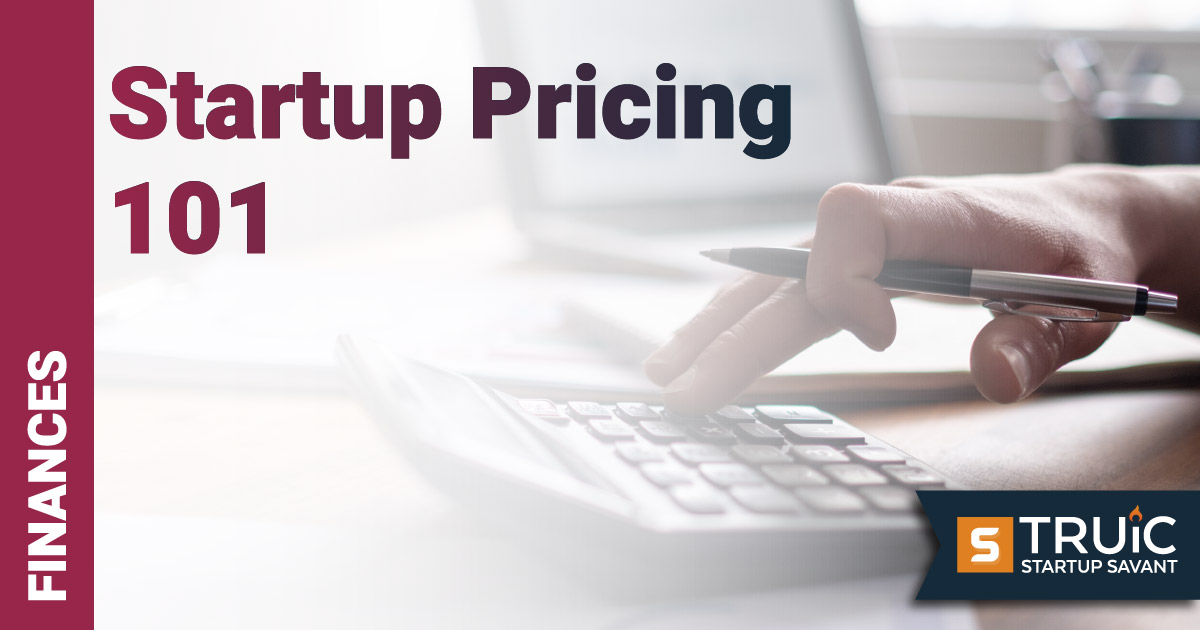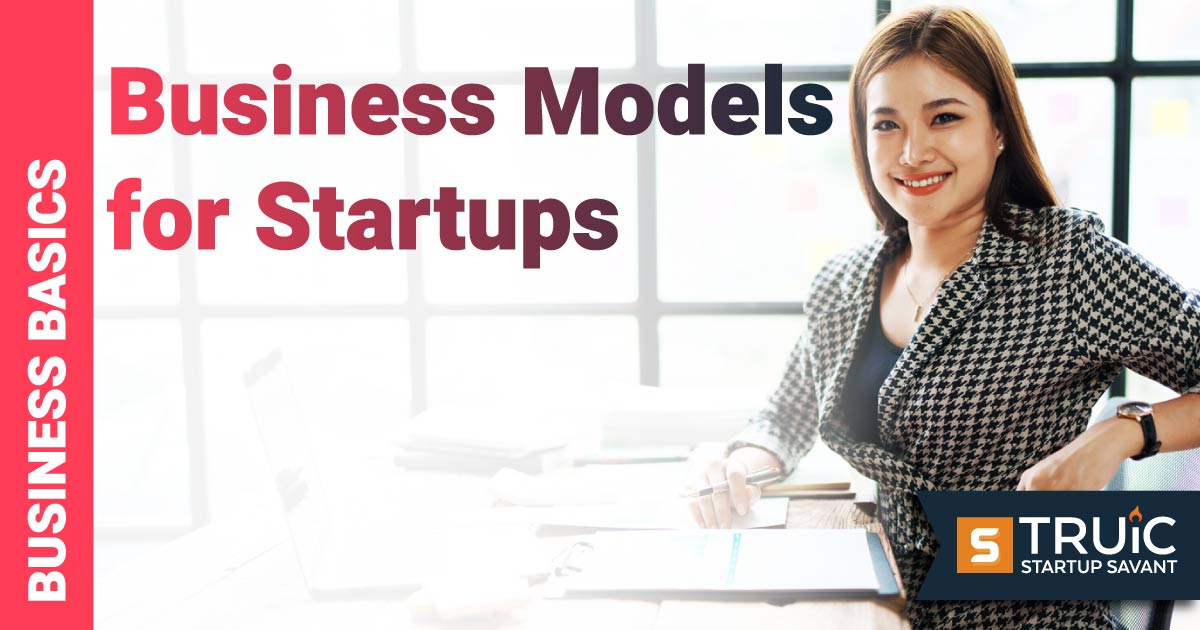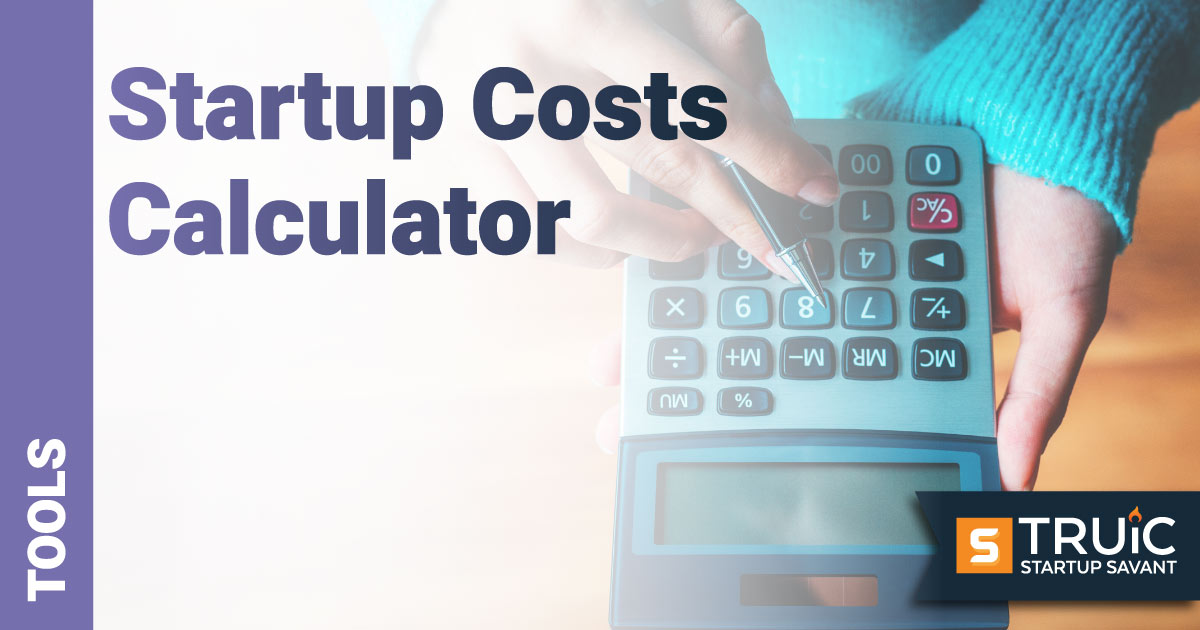The Fundamentals of Startup Pricing

Last Updated: By Michaela Dale
In the dynamic world of startups, setting the right pricing strategy can be as crucial as the product or service itself. But knowing how to price your product can be daunting.
This guide breaks down the types of pricing strategies for startups to not only attract their target audience but also to establish a strong foothold in the competitive market.
How to Create a Startup Pricing Strategy
Creating a startup pricing strategy is a critical step in establishing your business's foundation. Figuring out how much to charge for what you're offering isn't just about picking a number. It's a crucial part of your business that affects how customers see you, how much money you make, and whether your startup can thrive in the long run.
There are several ways to approach pricing, such as simply adding a bit to your costs (cost-plus pricing), charging based on how valuable your customers think your product is (value-based pricing), or setting your prices in line with what others are charging (competition-based pricing). But, the key to a successful pricing strategy is adaptability. As an entrepreneur, you will need to be flexible with your pricing to adapt to a changing market and navigate your company through ebbs and flows.
Types of Pricing Strategies
From value-based pricing to freemium models, there are several pricing strategies startups can implement when determining what to charge for their product or service.
Value-Based Pricing
Value-based pricing is a fairly straightforward pricing strategy. The pricing decision is made based on the perceived value of the product or service to potential customers. This requires market research to fully understand the customer's pain points, preferences, and what potential customers are willing to pay for the product or service in question.
Penetration Pricing
This is specific to early-stage startups and new businesses. Penetration pricing involves offering a product or service at a low price initially to appeal to new customers before eventually raising prices. If businesses can successfully gain market share and build brand loyalty, penetration pricing is a great method of gaining customers early on.
Price Skimming Pricing
Price skimming is the opposite of penetration pricing. With this startup pricing strategy, new businesses or businesses releasing new products price them higher, while demand and excitement for the product is at its peak, before lowering the price. This is seen commonly with electronic products wherein the price will be lowered once competitors release a similar product.
Cost-Based Pricing
There are two types of cost-based pricing: cost-plus pricing and break-even pricing.
The cost-plus approach involves taking the price of the product or service and adding a fixed percentage to the cost of goods sold (COGS), including manufacturing, production, and distribution. Whereas break-even involves determining the sales volume needed to cover the cost of production without focusing primarily on revenue generation or profit margin.
Bundle Pricing
Bundle pricing involves combining multiple products or services, offering lower prices when bundled together. This startup pricing strategy can encourage customers to purchase more due to the perceived value of the bundle pricing.
Freemium Pricing
A freemium pricing model allows users to access the product or service for free in a limited capacity. For full access to the features and benefits of the product or service, customers will be required to upgrade to a paid plan. This allows your business to appeal to a variety of different customer segments by offering tiered pricing and is often seen with SaaS and app startups.
Premium Pricing
Premium pricing relies largely on brand perception and marketing tactics. Products and services are billed as luxury, high-end, or limited in quantity to offer it at a higher price point. This is usually effective only if a business can appeal to customer segments that are willing to invest in higher-end goods in exchange for the benefits of a luxury item or service.
Economy Pricing
The strategy involves consistently offering lower prices than competitors. Competitive pricing is built to attract customers who are looking for a bargain and routinely opt for lower price points over higher quality. This pricing strategy also typically involves using cheaper supplies, lower-level production, and offering a product that is basic overall, with the understanding that the price point is the key attraction for bargain hunters.
Competitive Pricing
This type of competitor-based pricing is often confused with economy pricing. However, there is a key difference. While competitive pricing is rooted in setting prices based on competitor prices for comparable products or services, it isn't about attracting customers who are necessarily looking for a bargain. The pricing strategy is largely focused on offering a more competitive price than competitors without lowering the quality of the product or service.
What to Consider When Choosing a Pricing Strategy
There are several considerations startups need to make before deciding on a pricing strategy for their product or service including costs, emerging trends, and what their target market is willing to pay. These are some of the considerations you should make when choosing a pricing strategy.
Variable Costs and Fixed Costs
One of the most important considerations when pricing a product or service is the variable and fixed costs associated with it. These may include materials required to make the product, employee expenses, customer acquisition costs, and overhead costs. To run a successful business, your pricing strategy must align with the cost to make, market, and distribute your product or service.
Competitor Pricing
While you don't have to offer a product at a lower price than competitors, their pricing should be a factor in how you approach pricing your product or service. This requires in-depth research into their positioning, value as perceived by customers, and general pricing information.
Market and Industry Trends
Fluctuations in market conditions or emerging trends can impact pricing strategies, requiring startups to be adaptable to ride the waves as they come. These may come in the form of consumer demand or expectations, government regulations, or other factors.
Customer Behavior
Every startup should have a strong understanding of their target market. While no entrepreneur can read their customers' minds, adequate research into their buying behavior, preferences, and where your target market is price sensitive is invaluable to developing a strong pricing strategy.


